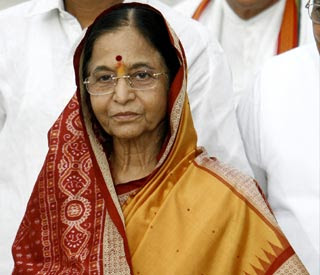The culture of England refers to the idiosyncratic cultural norms of England and the English people. Because of England's dominant position within the Inted Kindom in terms of population, English culture is often difficult to differentiate from the culture of the United Kindom as a whole. However, there are some cultural practices that are associated specifically with England.
Architecture and gardens
English architecture begins with the architecture of the Anglo-Saxons; at least fifty surviving English churches are of Anglo-Saxon origin, although in some cases the Anglo-Saxon part is small and much-altered. All except one timber church are built of stone or brick, and in some cases show evidence of reused Roman work. The architectural character of Anglo-Saxon ecclesiastical buildings ranges from Copic-influenced architecture in the early period; Early Christian basilica influenced architecture; to, in the later Anglo-Saxon period, an architecture characterised by pilaster-strips, blank, arcading, baluster shafts and triangular-headed openings. Almost no secular work remains above ground.
Other buildings such as cathedrals and parish churches are associated with a sense of traditional Englishness, as is often the palatial 'stately home'. Many people are interested in the English country house and the rural lifestyle, as evidenced by visits to properties managed by English Heritage and the National Trust.
Folklore
English folklore is the folk tradition that has evolved in England over the centuries. England abounds with folklore, in all forms, from such obvious manifestations as semi-historical Robin-Hood tales, to contemporary urban myths and facets of cryptozoology such as the Beast of Bodmir Moor. The famous Arthurian legends may not have originated in England, but variants of these tales are associated with locations in England, such as Glastonbury and Tintagel.
Examples of surviving English folk traditions include the Morris dance and related practices such as the Abbots Bromley Horn Dance and the Mummers Plays. In many, usually rural places, people still gather for May Day festivals on the first of May to celebrate the beginning of summer. This traditionally involves local children skipping around a maypole each carrying a coloured ribbon, resulting in a multi-coloured plaited pattern. The festival traditionally features Morris dancing and various festivities, culminating in the crowning of a 'May Queen'. Many regional variations of the festivals exist; the oldest still practised today is the "Obby Oss festival of Padstow, which dates back to the 14th century.
Literature
Music
England has a long and rich musical history. The United Kingdom has, like most European countries, undergone a roots revival in the last half of the 20th century. English music has been an instrumental and leading part of this phenomenon, which peaked at the end of the 1960s and into the 1970s.
The achievements of the Anglican choral tradition following on from 16th century composers such as Thomas Tallis, John Taverner and William Byrd have tended to overshadow instrumental composition. The semi-operatic innovations of Henry Purcell did not lead to a native operatic tradition, but George Frederick Handel found important royal patrons and enthusiastic public support in England. The rapturous receptions afforded by audiences to visiting musical celebrities such as Haydn often contrasted with the lack of recognition for home-grown talent. However, the emergence of figures such as Edward Elgar and Arthur Sullivan in the 19th century showed a new vitality in English music. In the 20th century, Benjamin Britten and Michael Tippett emerged as internationally-recognised opera composers, and Ralph Vaughan Williams and others collected English folk tunes and adapted them to the concert hall. Cecil Sharp was a leading figure in the English folk revival.
Finally, a new trend emerged out of Liverpool in 1962. The Beatles became the most popular musicians of their time, and in the composing duo of John Lennon and Paul McCartney, popularized the concept of the self-contained music act. Before th
e Beatles, very few popular singers composed the tunes they performed. The "Fab Four" opened the doors for other English acts such as The Rolling Stones, Cream, The Hollies, The Kinks, The Beatles, The Who, Queen, Led Zeppelin, Black Sabbath, Genesis,Iron Maiden and Pink Floyd to the globe.
Some of England's leading contemporary artists include Eric Clapton, Elton John, George Michael, Blur, The Spice Girls, Bloc Party, Arctic Monkeys, Robbie Williams, Oasis,The Smiths, Radiohead, David Bowie, Coldplay, Muse and Mumford and Sons.
Philosophy
Religion
Christianity is the most widely practiced and declared religion in England. The Anglican Churc of England is the established church of England holding a special constitutional position for the United Kingdom. After Christianity, religions with the most adherents are Islam, Hinduism, Sikhism, Judaism, Buddhism, the Bahá'í Faith, the Rastafari movement and Neopaganism. There are also organisations which promote irreligion, atheist humanism, and secularism.



















